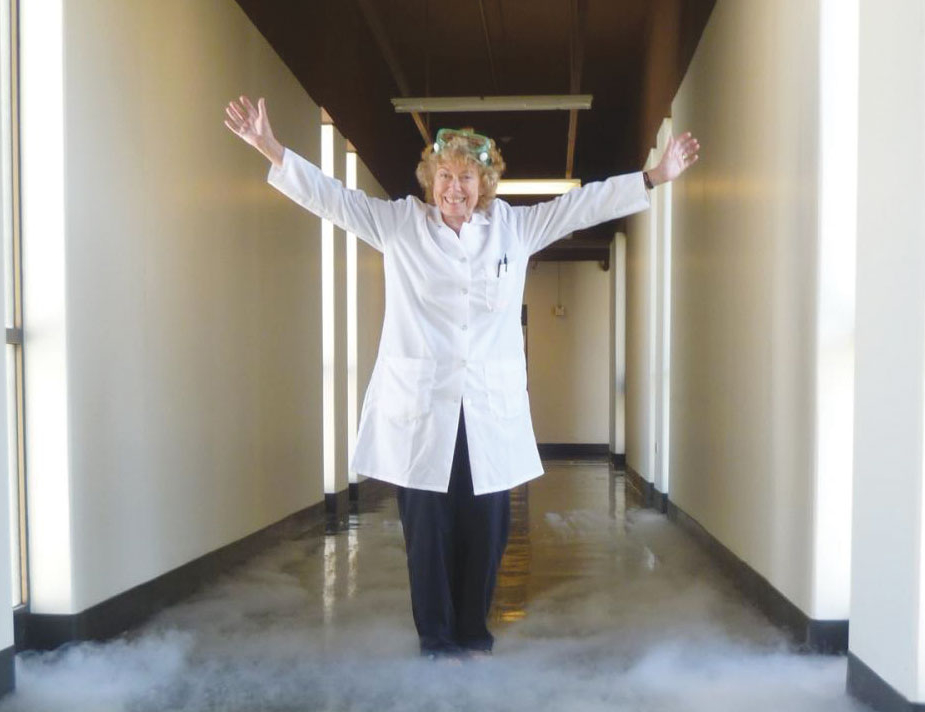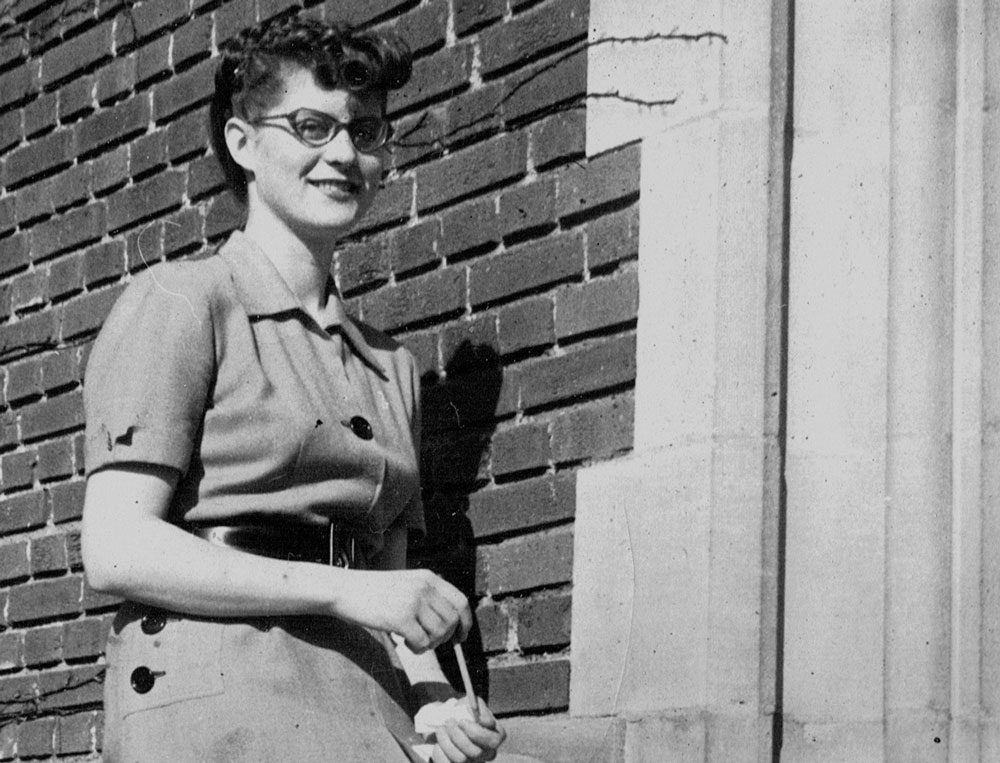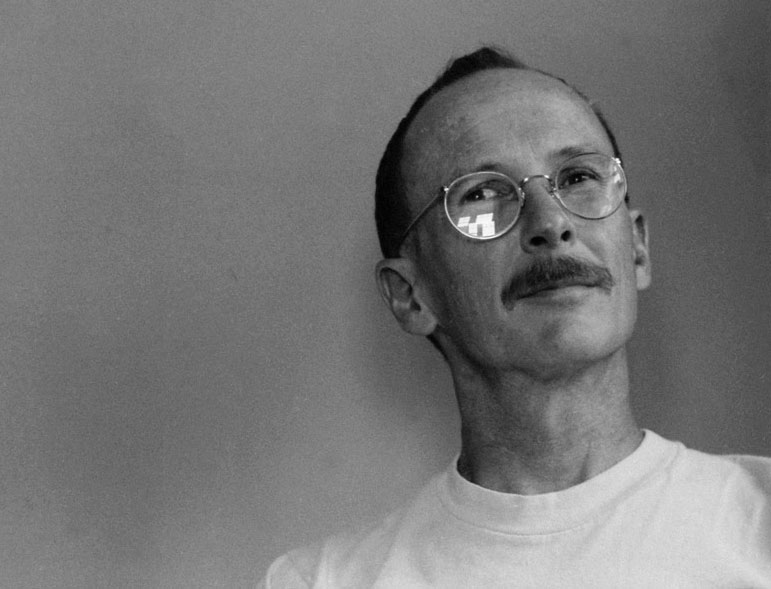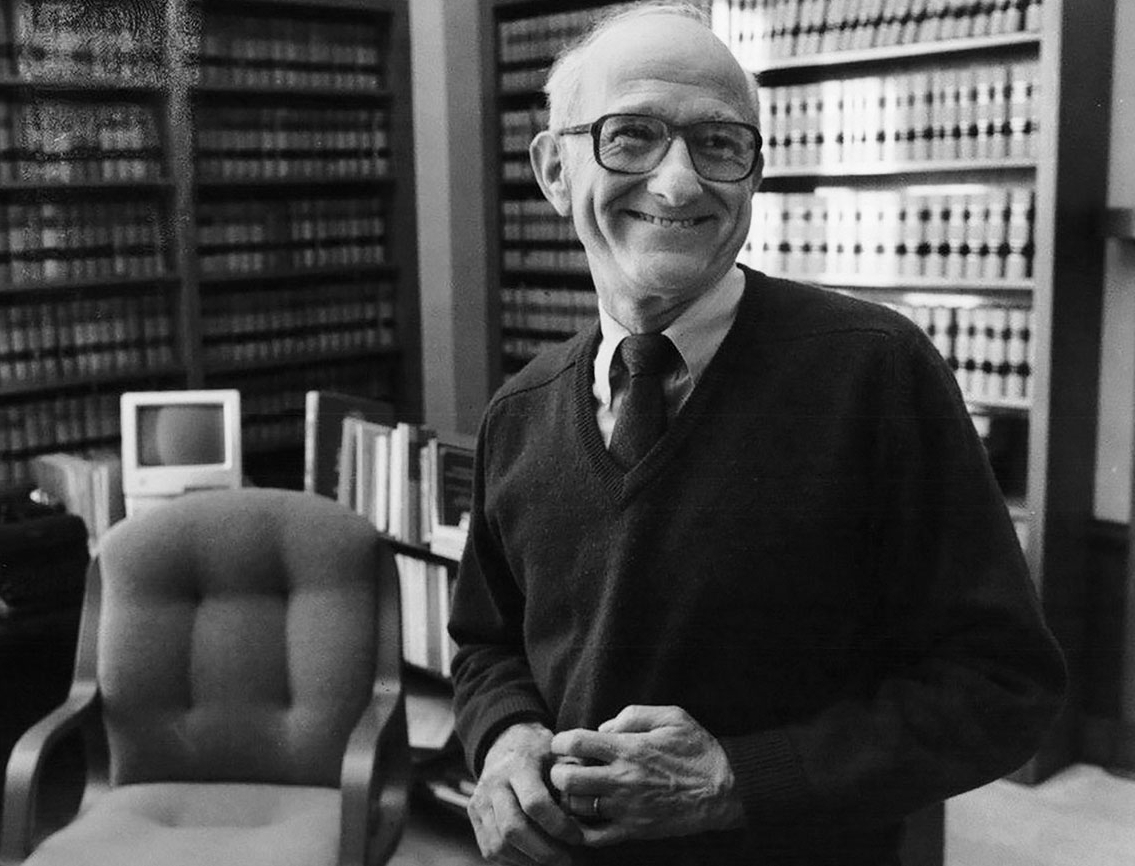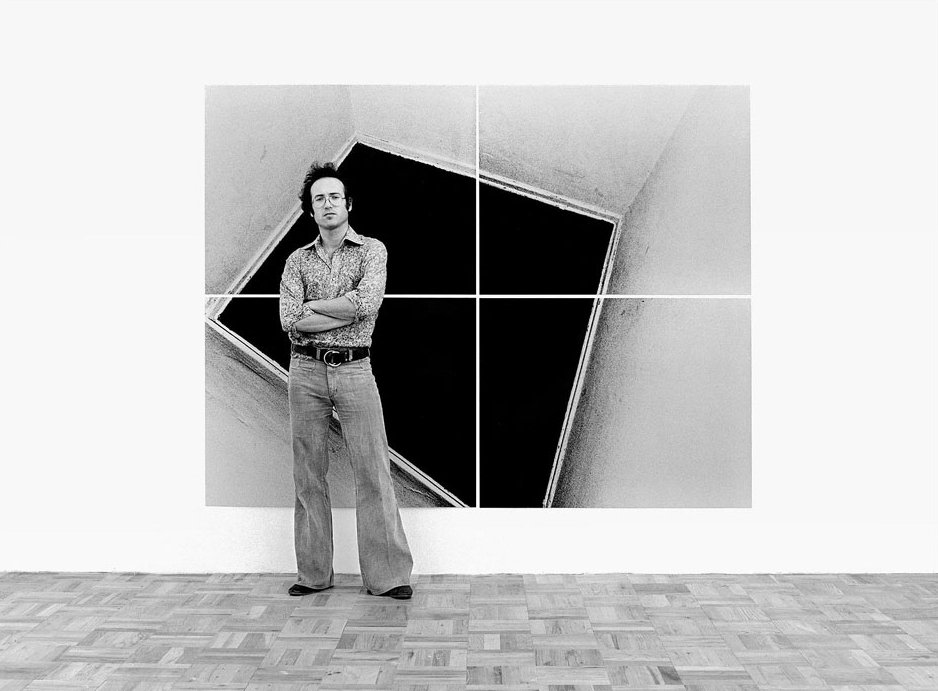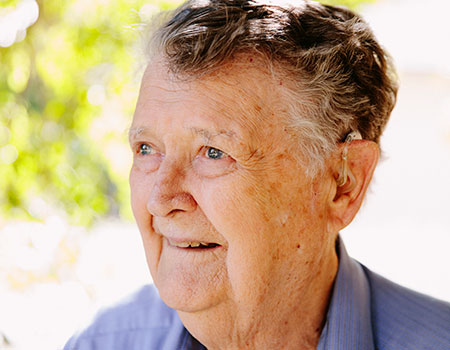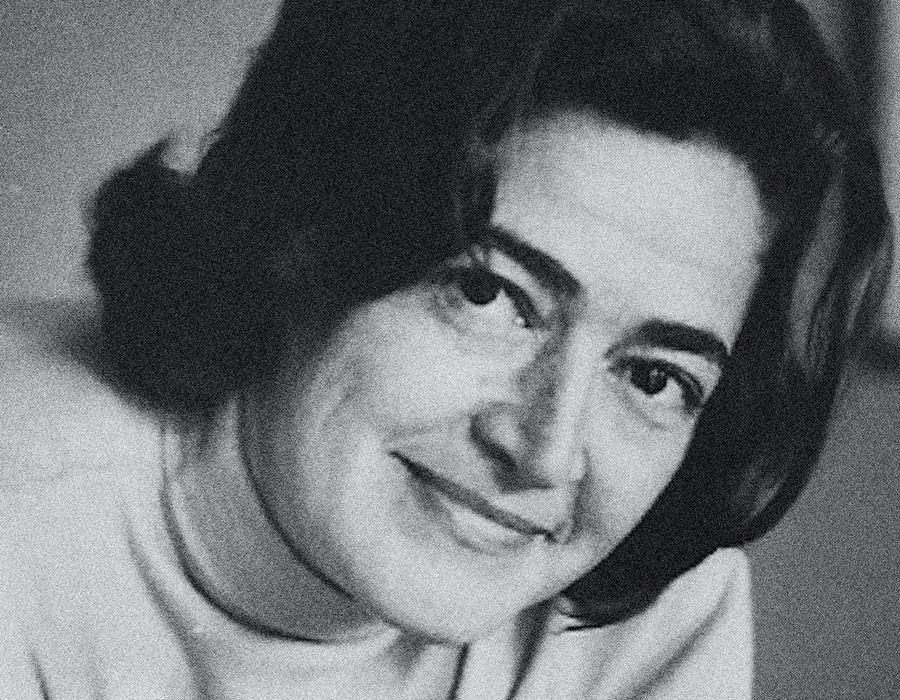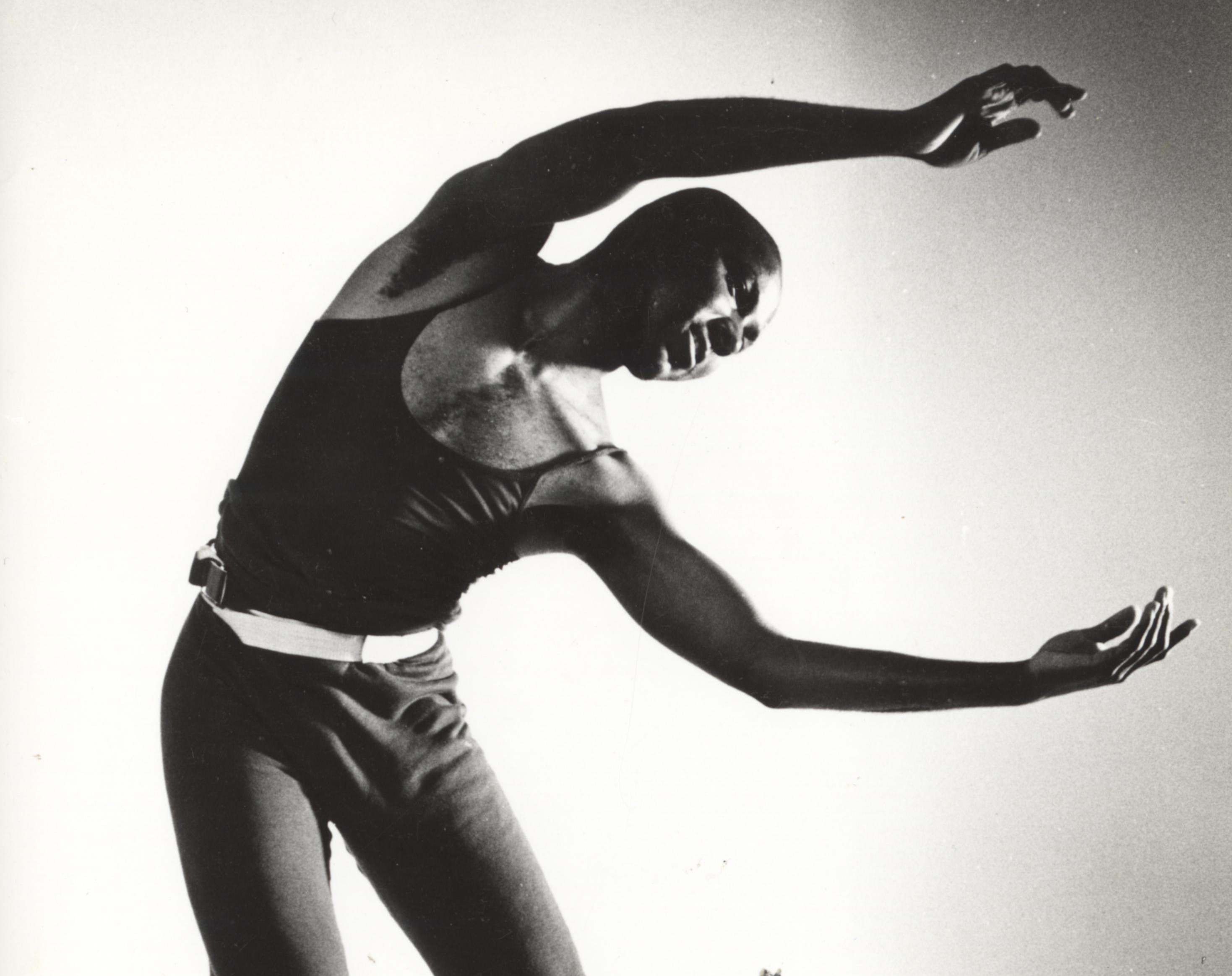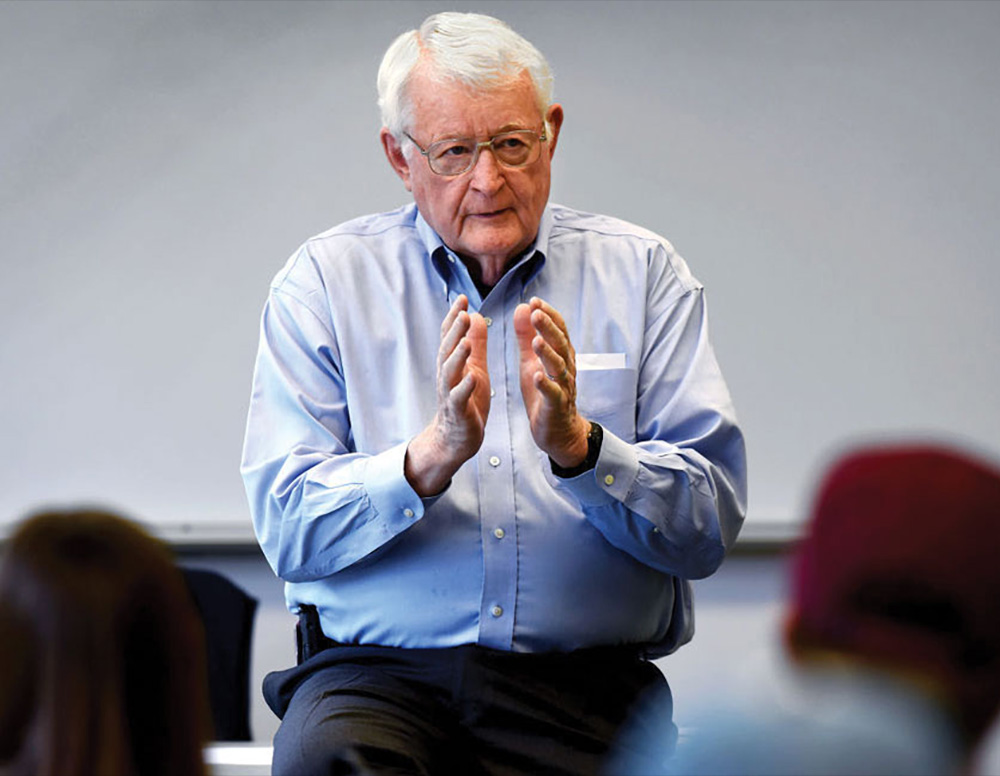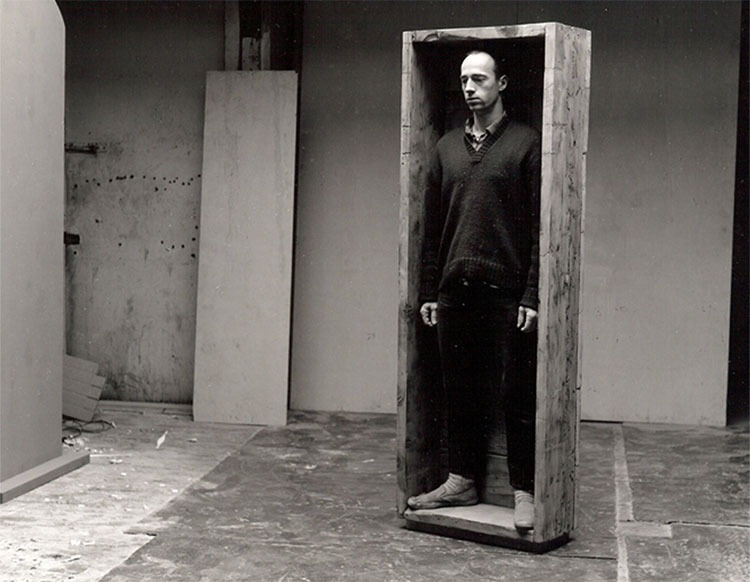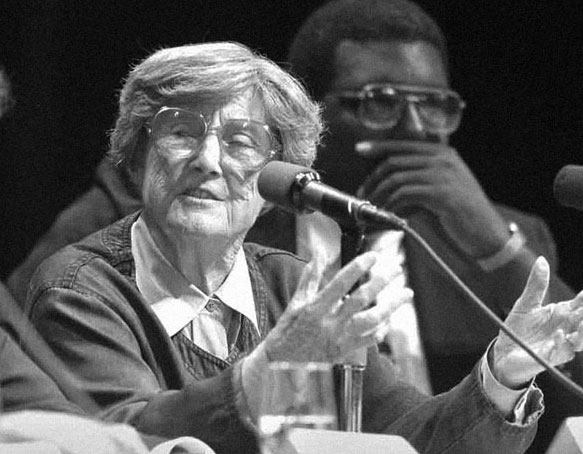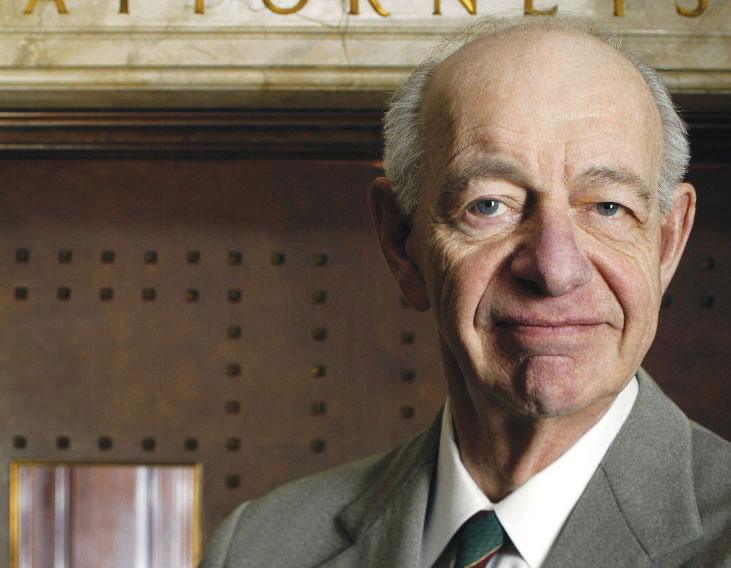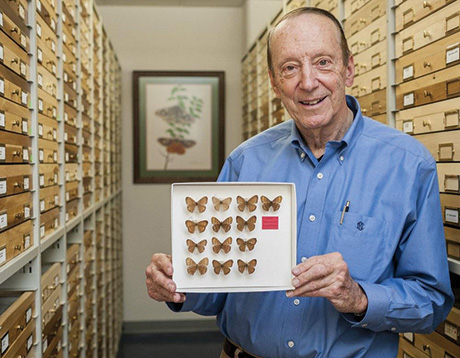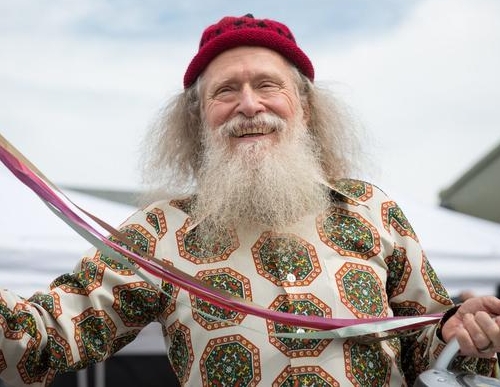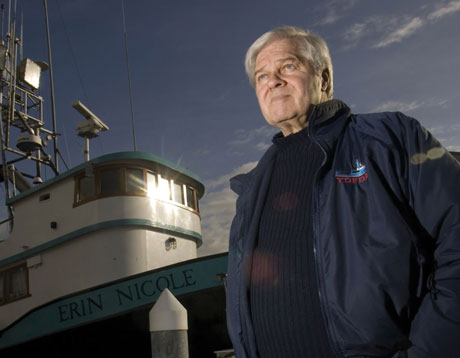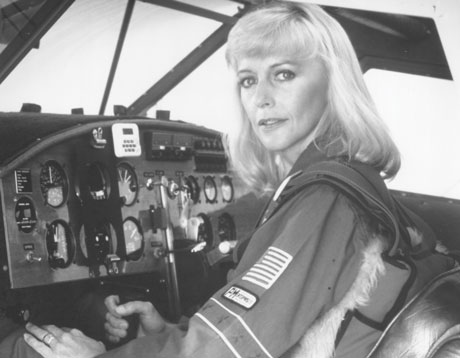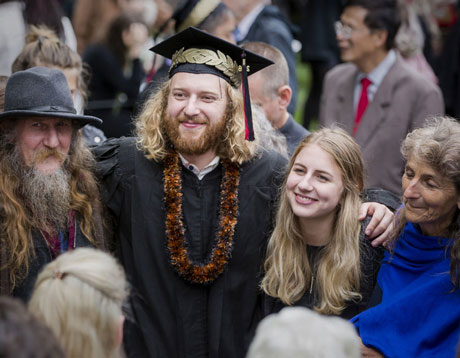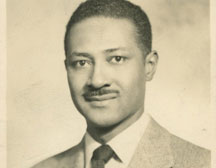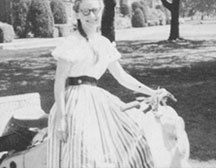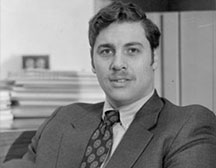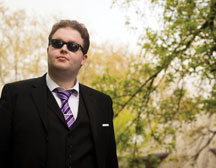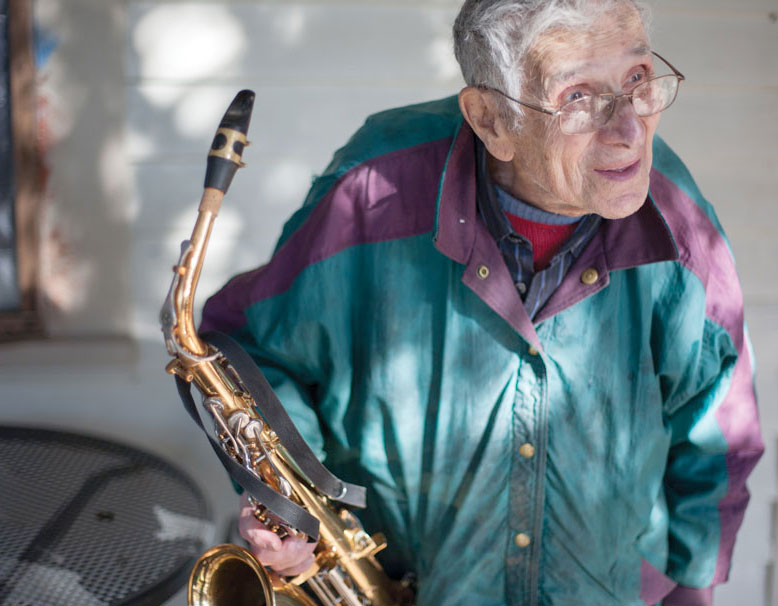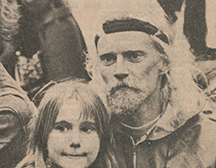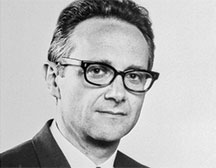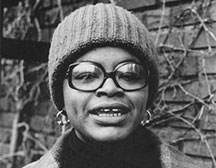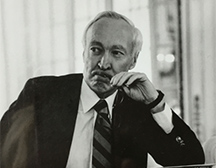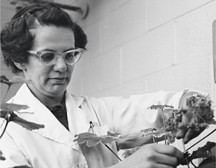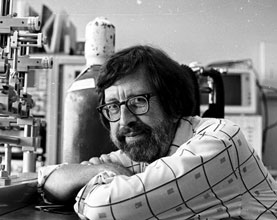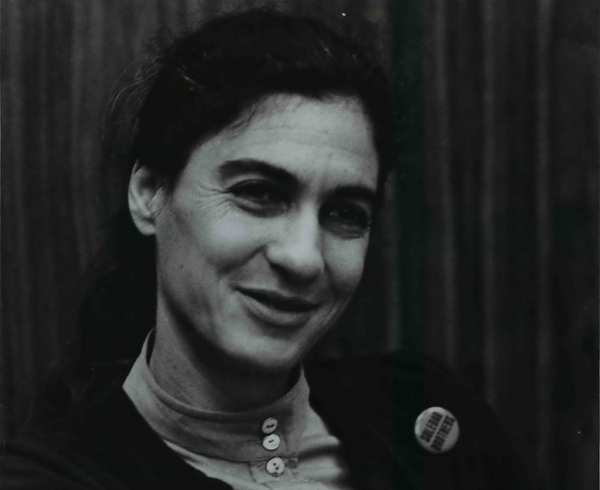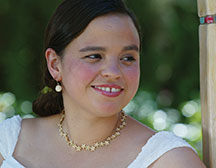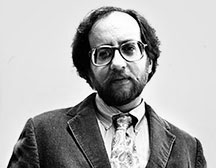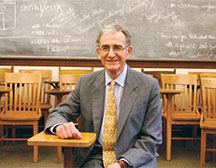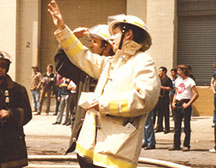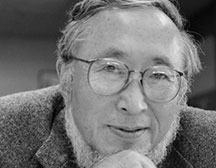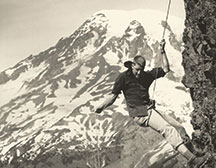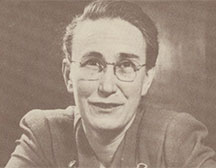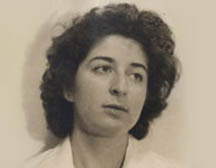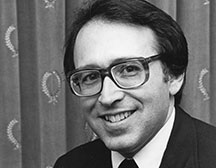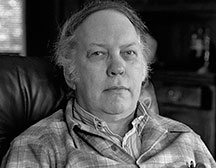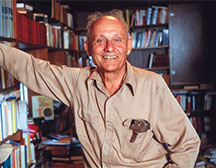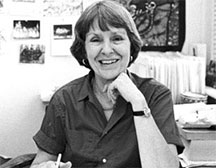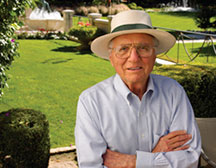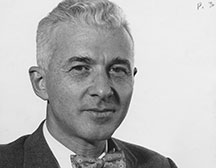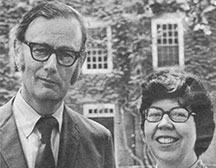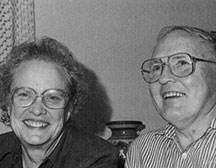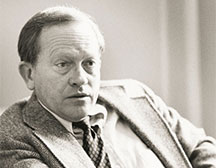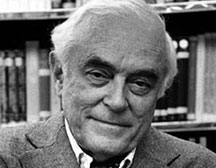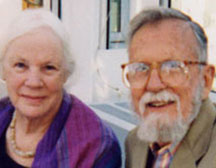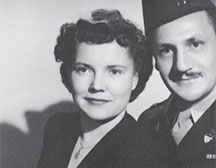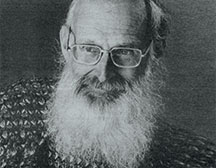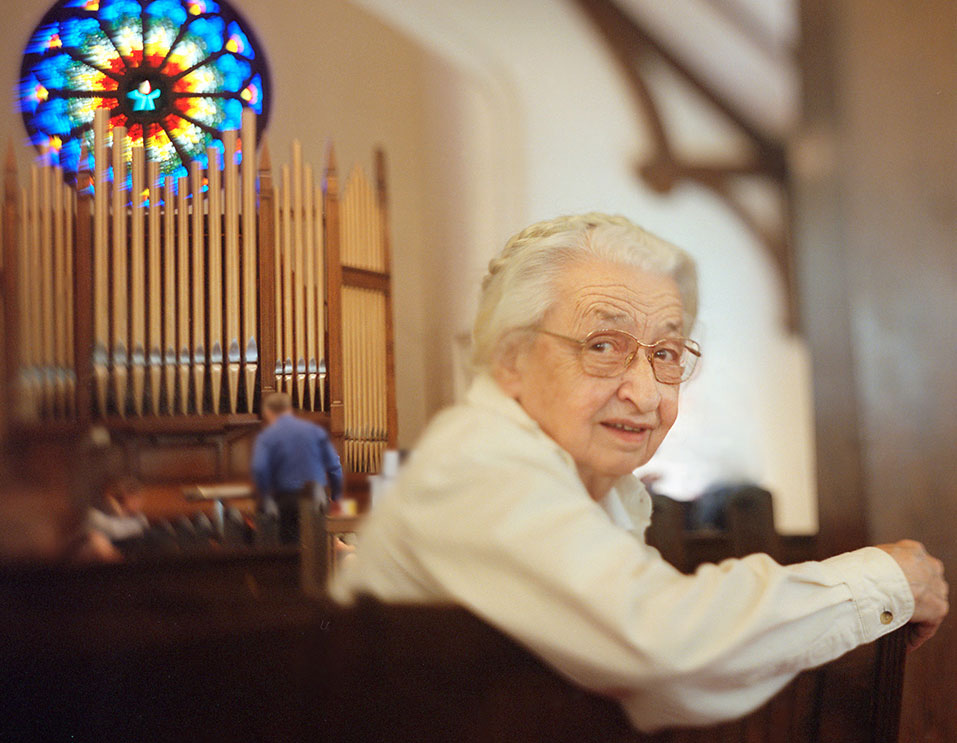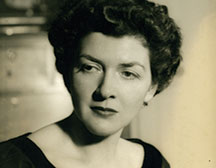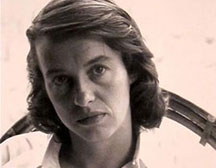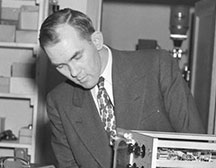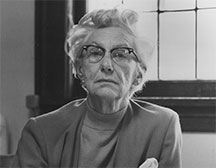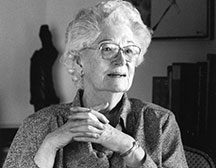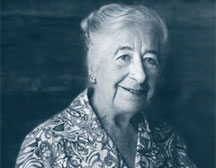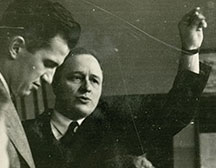Steven Boggs ’68
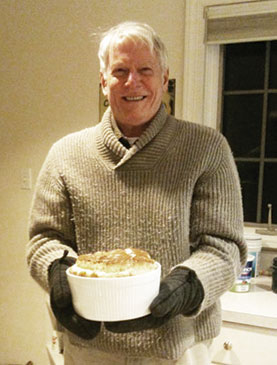
June 2, 2018, in Columbia, Maryland, of brain cancer.
Scientist, inventor, educator, and engineer, Steven focused his remarkable career on the problem of harnessing electricity on a gargantuan scale. Author of more than 300 papers, he pioneered new techniques for handling massive quantities of electric power—enough to light up cities—and developed better ways to transmit, store, and insulate it.
Steve was born in Miami, Florida, grew up in Portland, and attended Lake Oswego High School. As a young boy, he was distinguished by his intelligence and a lack of interest in following the crowd—a rare quality for an adolescent. Steve was interested in radios and high-fidelity equipment of all kinds. At the age of 13, he used a crystal set and a meter to determine the amount of signal he would receive from the local radio station. Throughout his life, Steve retained this curiosity and “geekiness.”
He majored in physics at Reed and wrote his thesis, “The Covariant Presentation of a Postulatory Approach to Electromagnetism,” with Prof. Dennis Hoffman [physics 1959–90] advising.
“Experience suggests that what one learns is much more determined by how hard one works than by the environment in which one works,” Steve said in later years. “However, the environment provided by Reed makes hard intellectual work much more enjoyable. Working as a Reed-educated physicist in a field dominated by engineers has great advantages, as one approaches problems from a sufficiently different point of view that one can solve many problems which engineers find daunting. Finally, I can think of no better place to find a spouse than at Reed.” His wife of many years was Joan Raymond ’68; the couple later divorced.
Steve obtained his PhD in physics at the University of Toronto and subsequently did a postdoctoral fellowship at the Canada Centre for Remote Sensing at the National Research Council (NRC) in Ottawa. He then joined the research division of Ontario Hydro—at the time, the largest electric power utility in North America—and worked at their Toronto laboratory from 1975 to 1987. It was a fantastic time to be involved in research in the power sector. The U.S.-based Electric Power Research Institute (EPRI) and the Canadian Electrical Association were starting to fund major, long-term investigations into various utility problems. At the same time, advancements in oscilloscopes, wideband spectrum and impedance analyzers, digital instruments, fast photomultipliers, and other optical tools were enabling much deeper investigations into insulation failure mechanisms and diagnostics. The invention of the Tektronix 466 and 7104 scopes enabled scientists to see the true partial-discharge (PD) current pulses for the first time, without the distortion caused by the measuring system. Personal computers enabled cost-effective automated measurements and analysis.
Steve did pioneering work on the nature and measurement of PD, including the measurement of PD in the ultrahigh-frequency range in gas-insulated substations and rotating machines. At the same time, he pursued an MBA part-time at the University of Toronto, earning this degree in 1987. Some of his colleagues wondered why he pursued this degree—this new knowledge was of limited use in his research position at Ontario Hydro. But the new degree may have been instrumental in his beginning to look for another position.
In 1987, Steve joined Underground Systems, Inc. (USi), as director of engineering and research and was a major contributor in USi’s role as EPRI’s prime contractor on a number of underground electric power transmission research programs. He spearheaded the successful development of a novel high-pressure fluid-filled (HPFF) pipe-type cable termination utilizing ceramic capacitors for stress control, which resulted in a patent coauthored by Steve. He was also vice president of Chicago Condenser Corporation, a USi subsidiary, and was the principal investigator on a U.S. Department of Energy-funded development program for a high-energy-density electrolytic capacitor for the U.S. Strategic Defense Initiative Organization “Star Wars” program.
In 1993, Steve left industry to pursue his academic interests at the University of Connecticut as a tenured research professor and the director of the Electrical Insulation Research Center of the Institute of Materials Science, with a joint appointment to the graduate programs of materials science, physics, and electrical engineering. He was also an adjunct professor and advisory professor of the department of electrical engineering at both the University of Toronto and Southwest Jiaotong University in Chengdu, China. Between the universities, he supervised more than 20 PhD students, half of whom were female, making him an early practitioner for gender equality in the fields of science, technology, engineering, and mathematics.
At the University of Connecticut, Steve’s research interests focused primarily on understanding high-field phenomena in solid dielectrics, and development and applications of computer programs for transient nonlinear finite element analysis. He continued to contribute to the understanding of high-frequency phenomena in power apparatus, SF6-insulated systems, outdoor insulation, and PD measurement. A strong proponent of the EPR (ethylene-propylene-rubber)Cable Technology Consortium, he was active in industrial collaborative projects on nonlinear materials for surge arresters, stress grading for cable joints and rotating machine endwindings for Toshiba, TMEIC (Toshiba Mitsubishi-Electric Industrial Corporation), Kerite, and Okonite, among others. As the principal investigator, Steve developed and led many major research programs, including high field injection with guarded needle electrode and high range radiation-monitoring cables for EPRI and various pulsed power capacitor projects for the Office of Naval Research, the Army Research Laboratory, and the Defense Advanced Research Projects Agency through prominent programs such as Multidisciplinary University Research Initiatives.
Steve’s research encompassed both experimental and theoretical bases. At the beginning of his career, he was primarily an experimentalist. However, with the advances in computing power, he gradually transitioned into a theorist. Although this transition started at Ontario Hydro (his 1982 IEEE Transactions on Electrical Insulation paper on “Fundamental Limitations in the Measurement of Corona and Partial Discharge” was widely cited), it was at UConn that the theorist in Steve took hold. He once said, “A PhD study is not about collecting data but is about analyzing and developing new models based on those data.” Steve was one of the early thinkers at UConn who saw the value of a computational approach in materials science and engineering, and he inspired his colleague Rampi Ramprasad, who was a junior faculty member when they met in 2004, to explore the atomic-level origins of dielectric response, aging, and breakdown. Through 14 years of collaboration, their joint work (along with key contributions from others) ultimately led to some remarkable materials discovery outcomes.
Steve retired from the University of Connecticut in 2013 to devote time to his consulting company, NonLinear Systems, Inc. In addition to being a proactive member in many professional societies, he was an important contributor to the Basic Energy Science workshops organized by the U.S. Department of Energy, and was a key contributor to the roadmap report on Basic Research Needs for Materials under Extreme Environments. He was a prolific writer and delivered lectures in the U.S., Asia, and Europe. A fellow of the Institute of Electrical and Electronics Engineers (IEEE), a technical professional organization for the advancement of technology, he was awarded its DEIS Thomas Dakin Award.
Appeared in Reed magazine: December 2018
comments powered by DisqusFrom the Archives: The Lives they Led
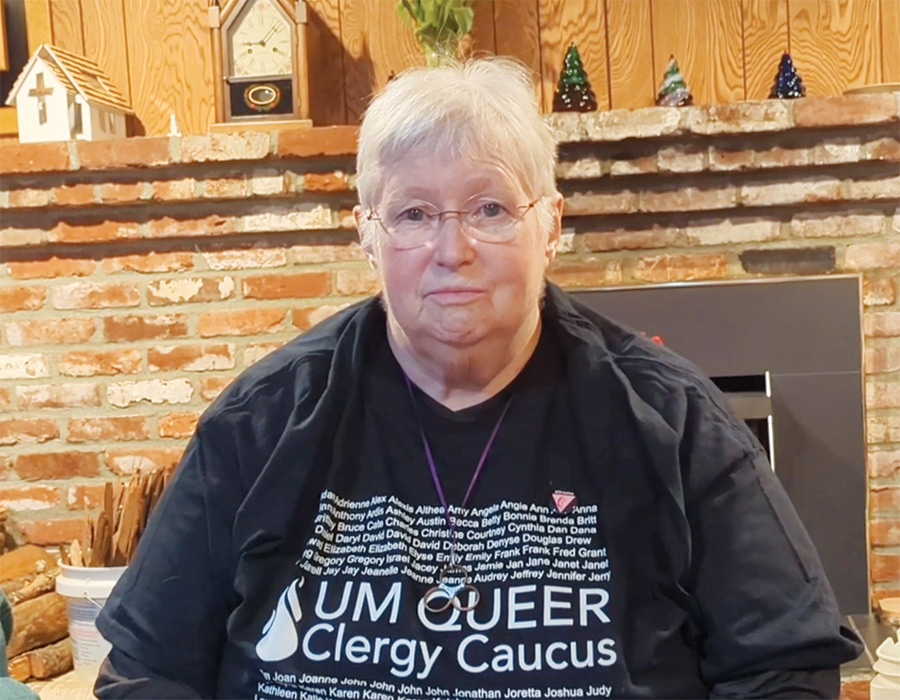
Jeanne Knepper ’69
The First Openly Gay Woman to Be Ordained and Appointed Within the Oregon-Idaho Conference of the United Methodist Church
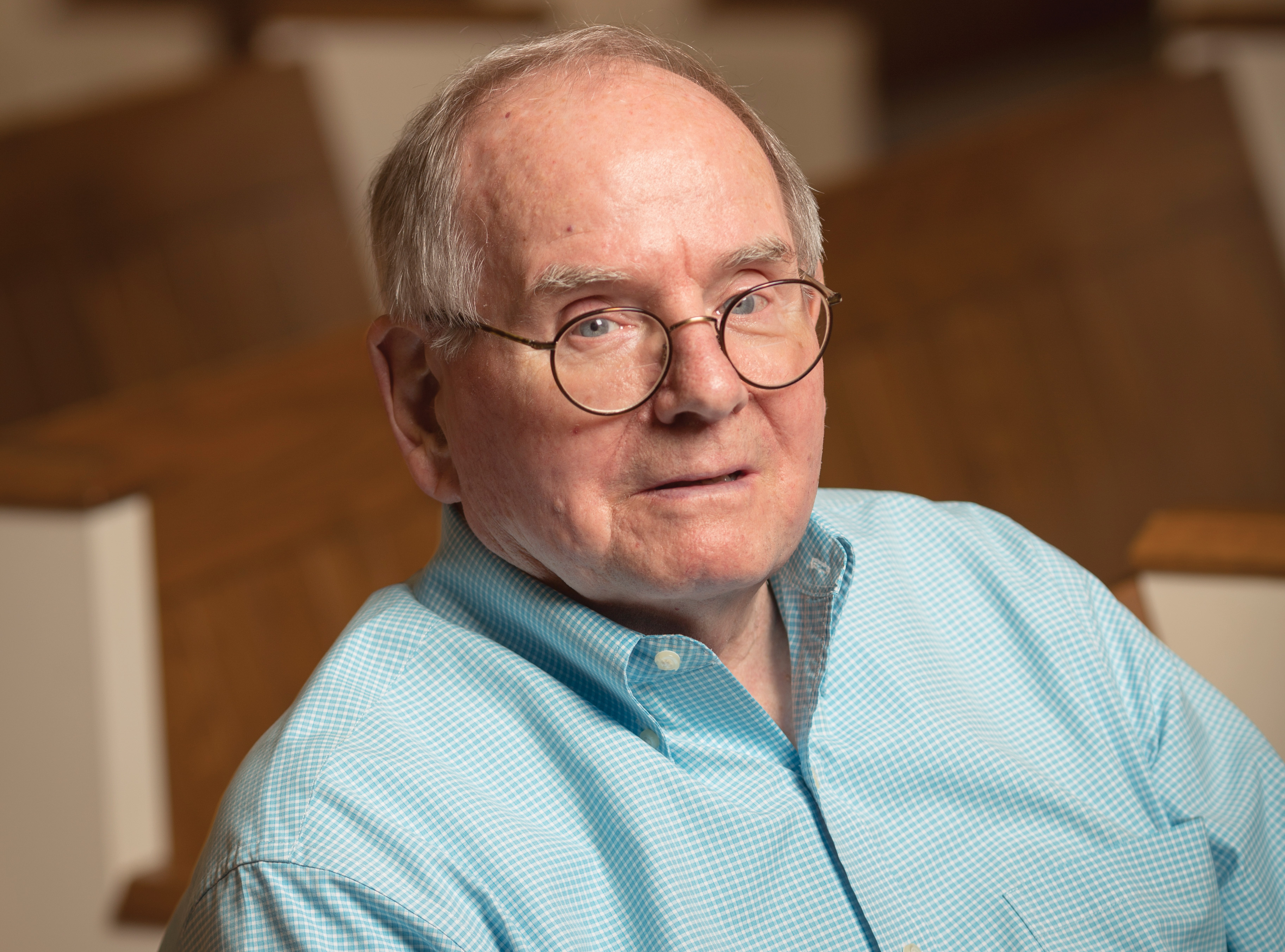
William Haden
As Acting President of Reed, He Strengthened the College's Finances and Alumni Relations
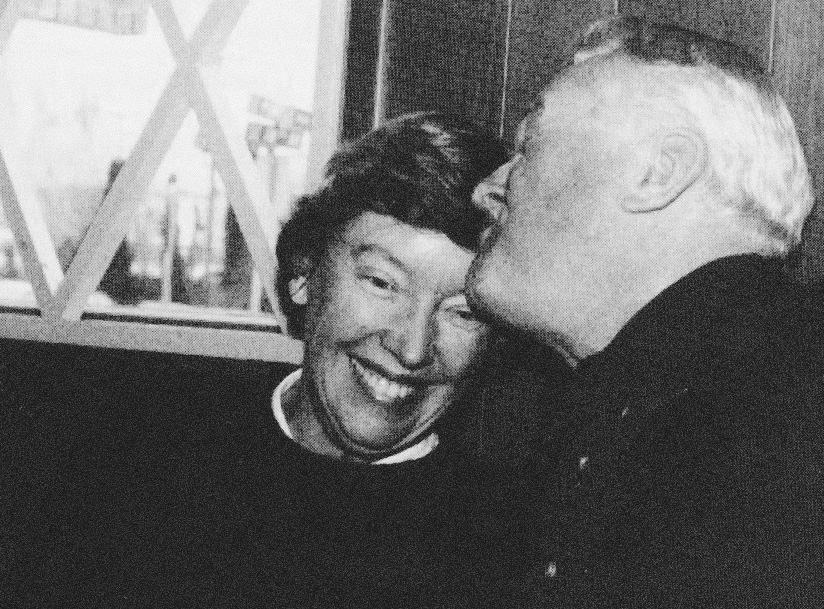
Nancy Horton Bragdon
Reed’s First Lady Whose Warmth and Leadership Were Invaluable During a Turbulent Time

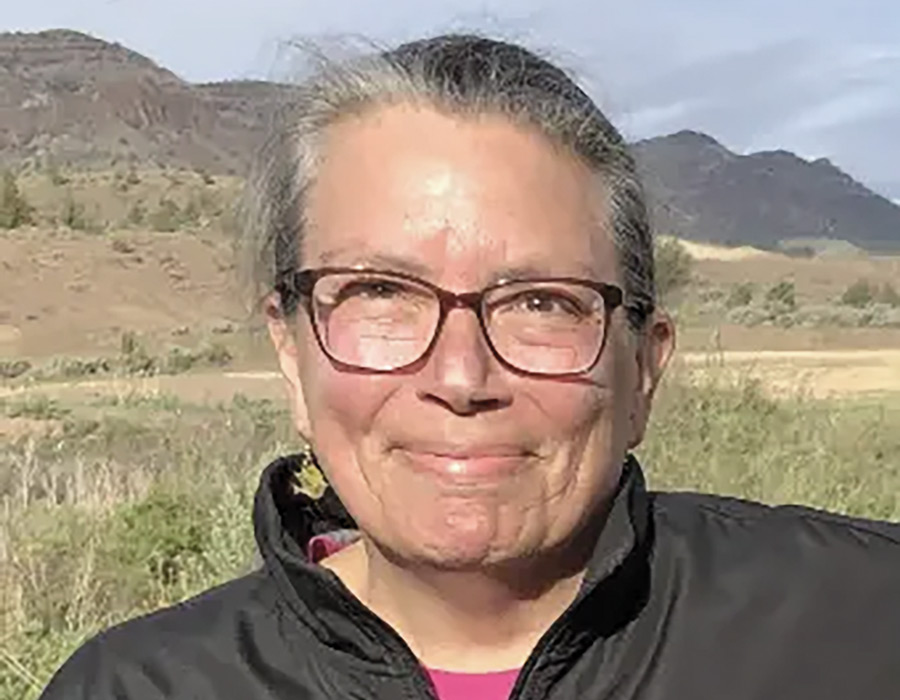
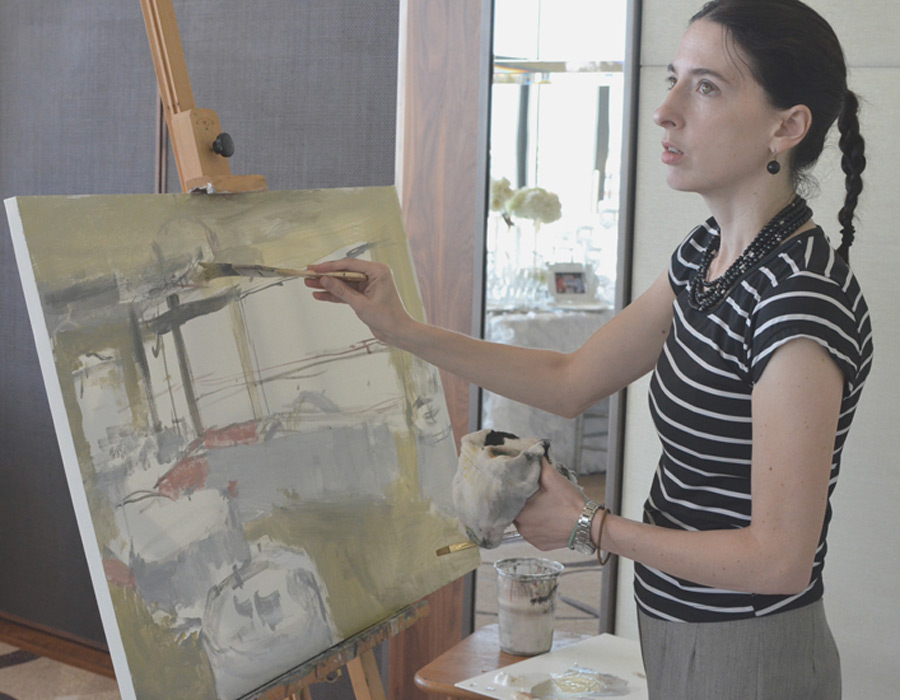
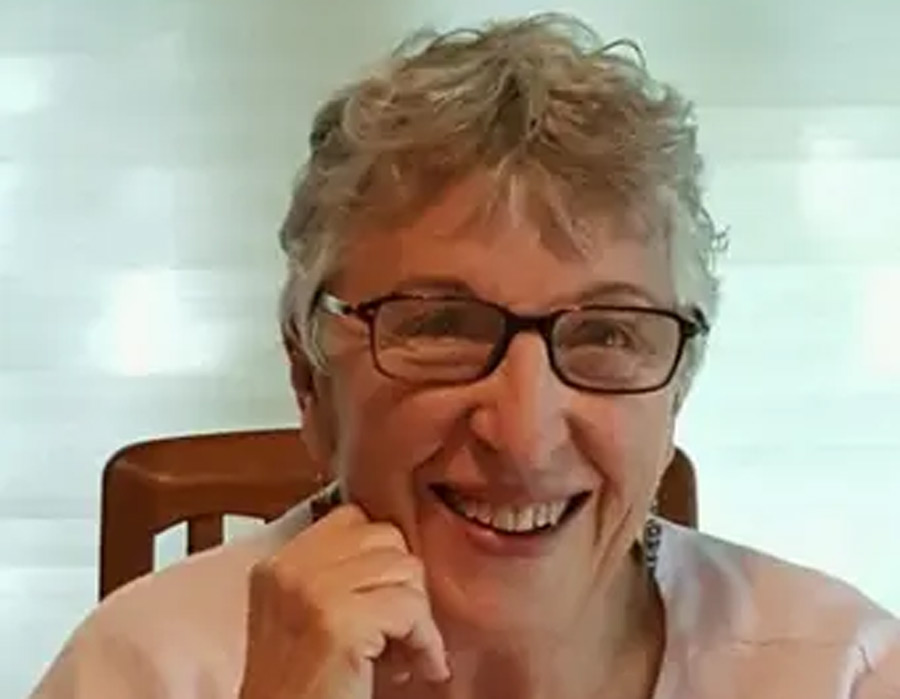
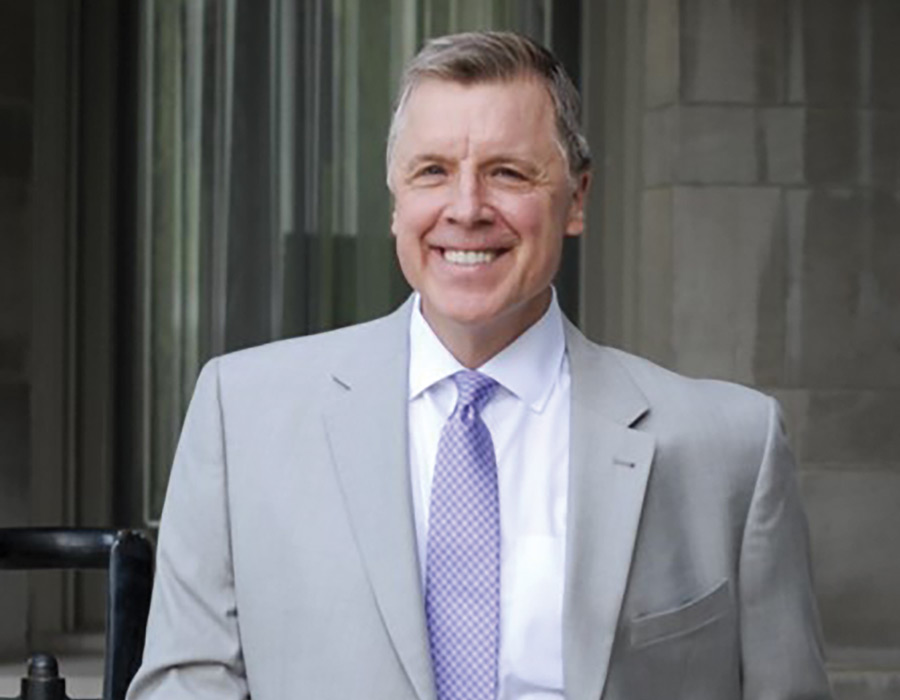
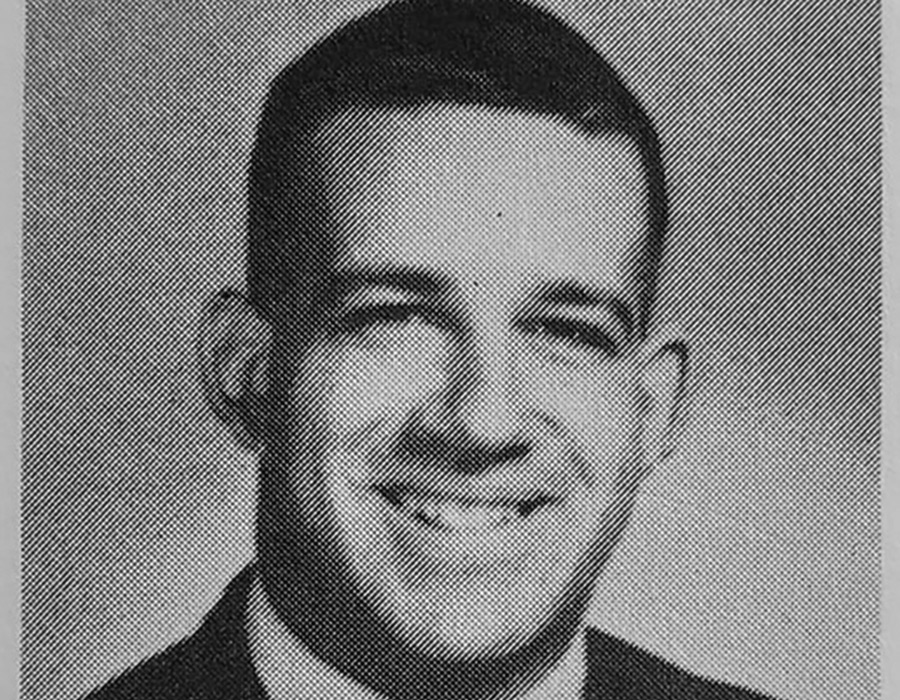
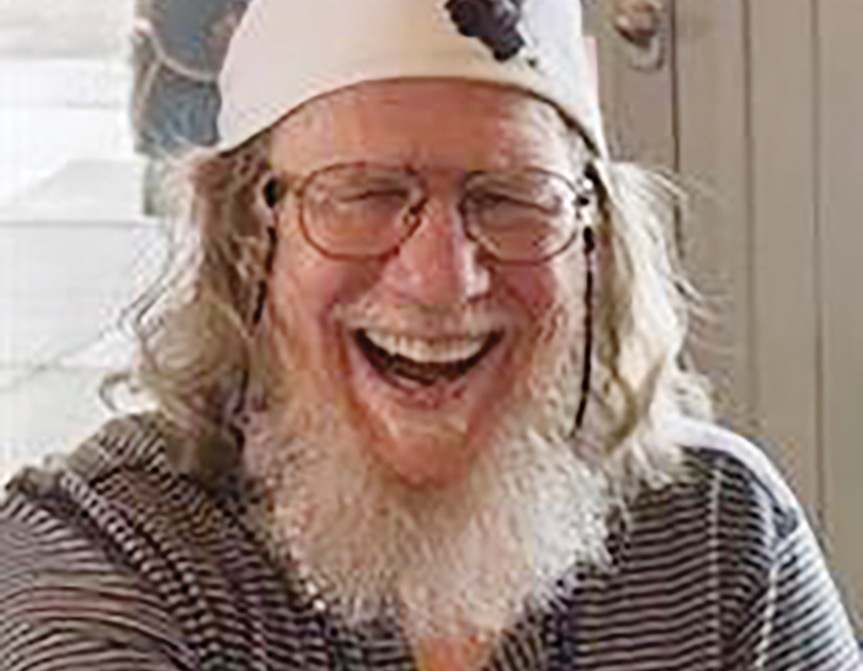
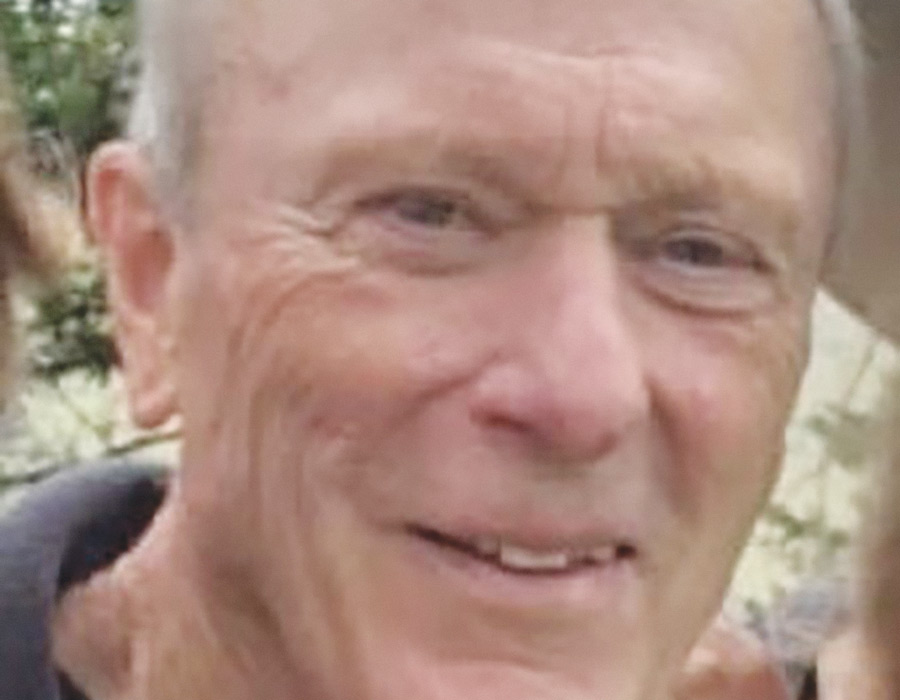
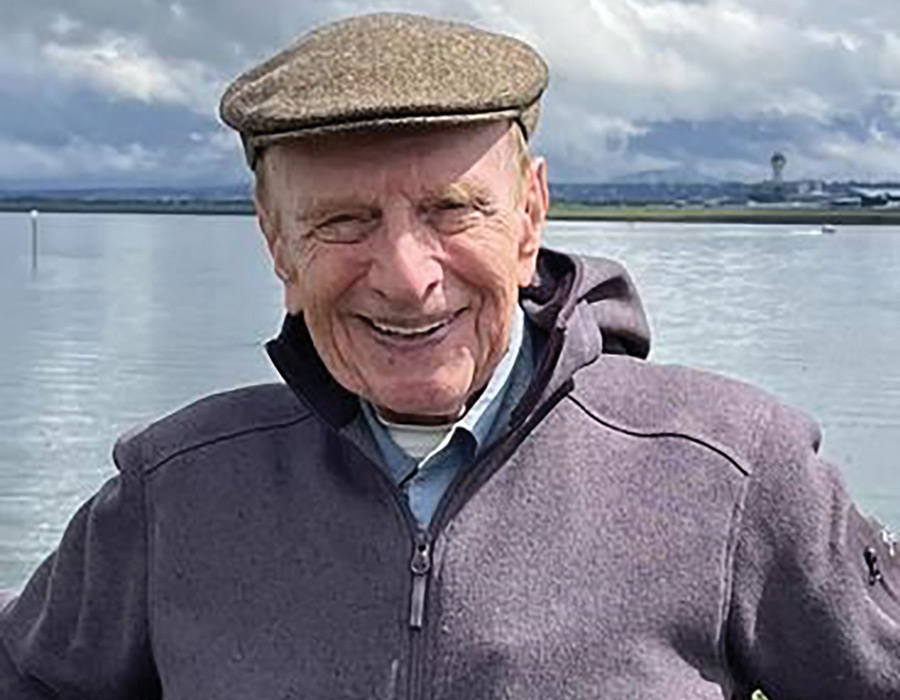
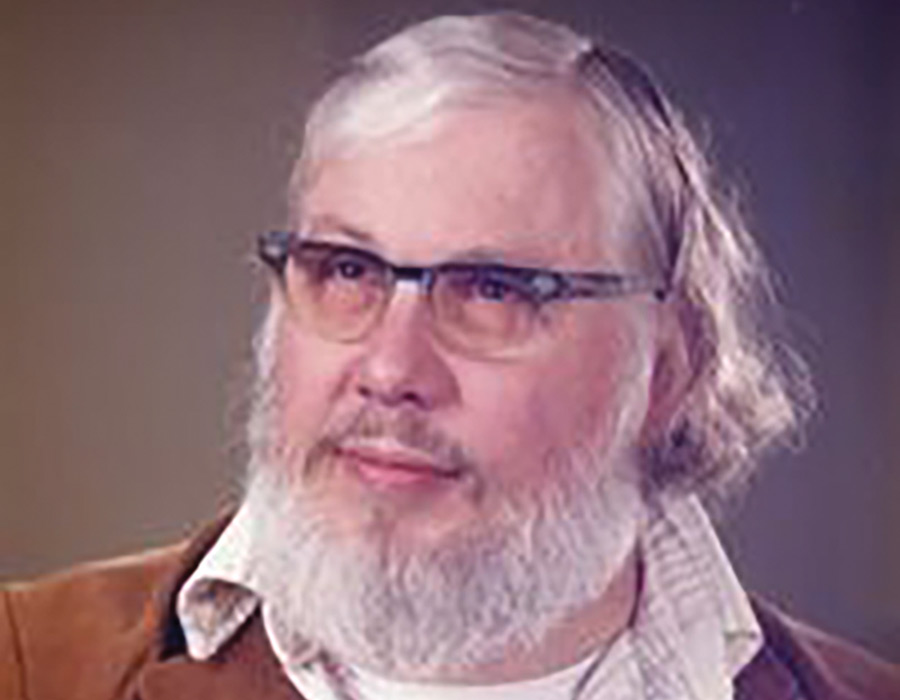
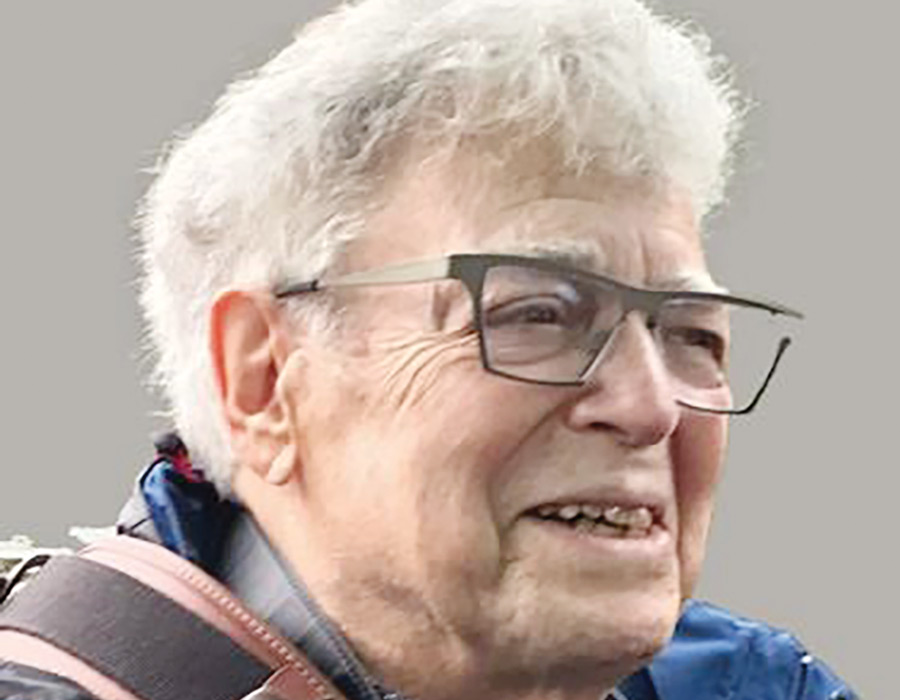
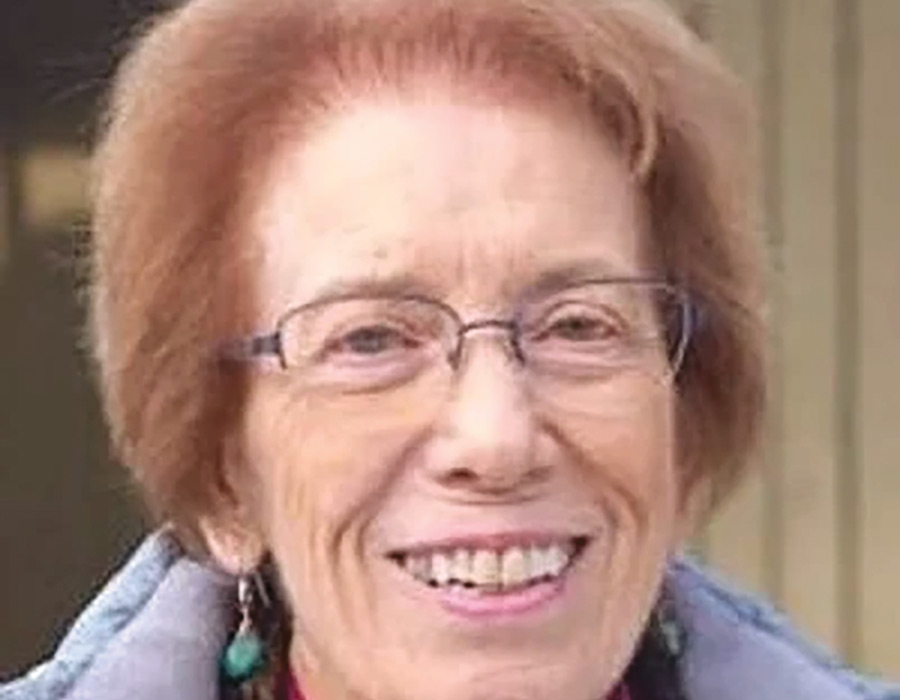
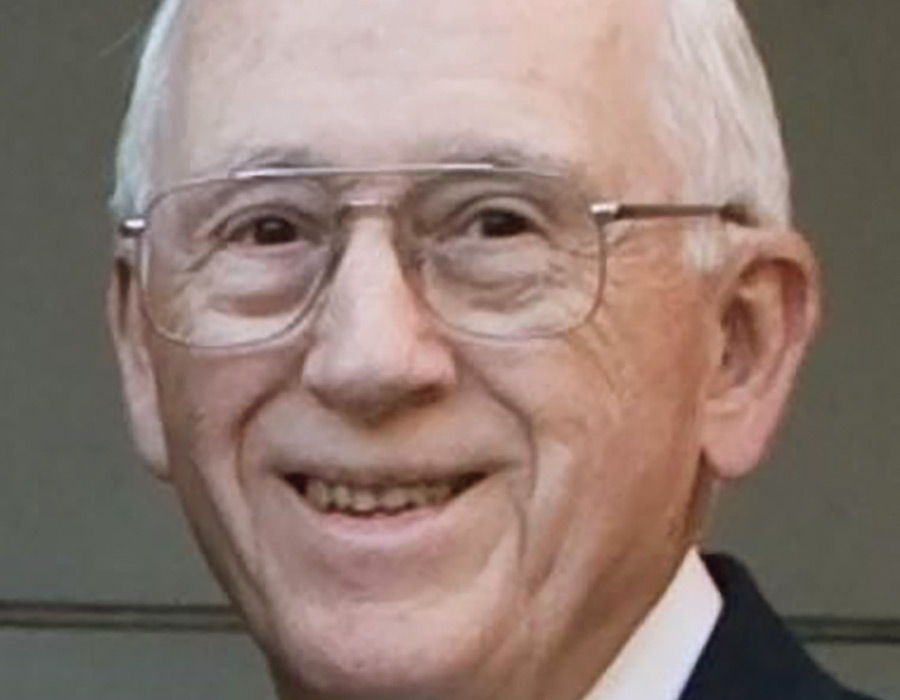
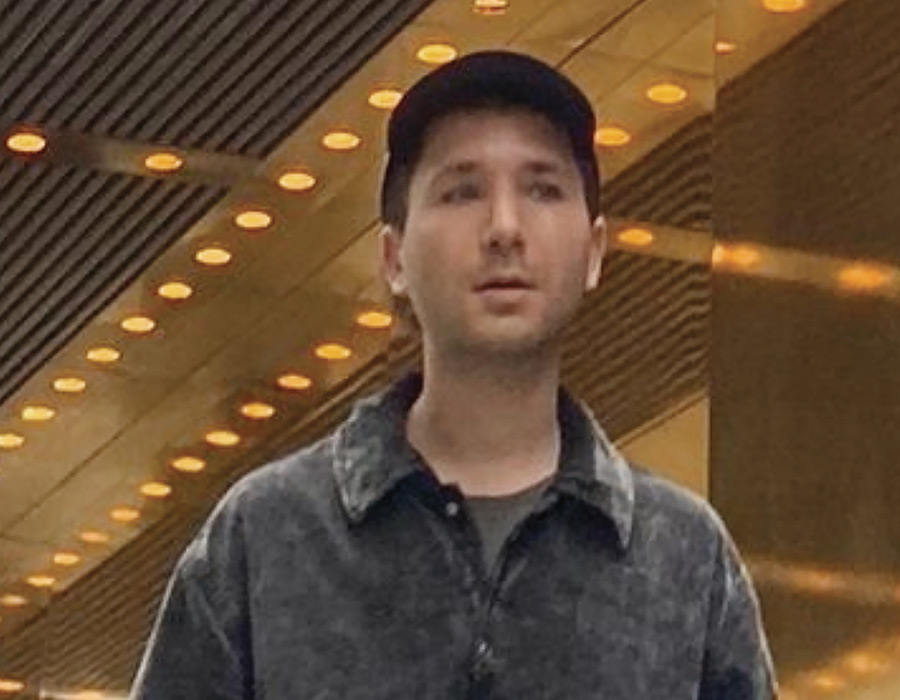
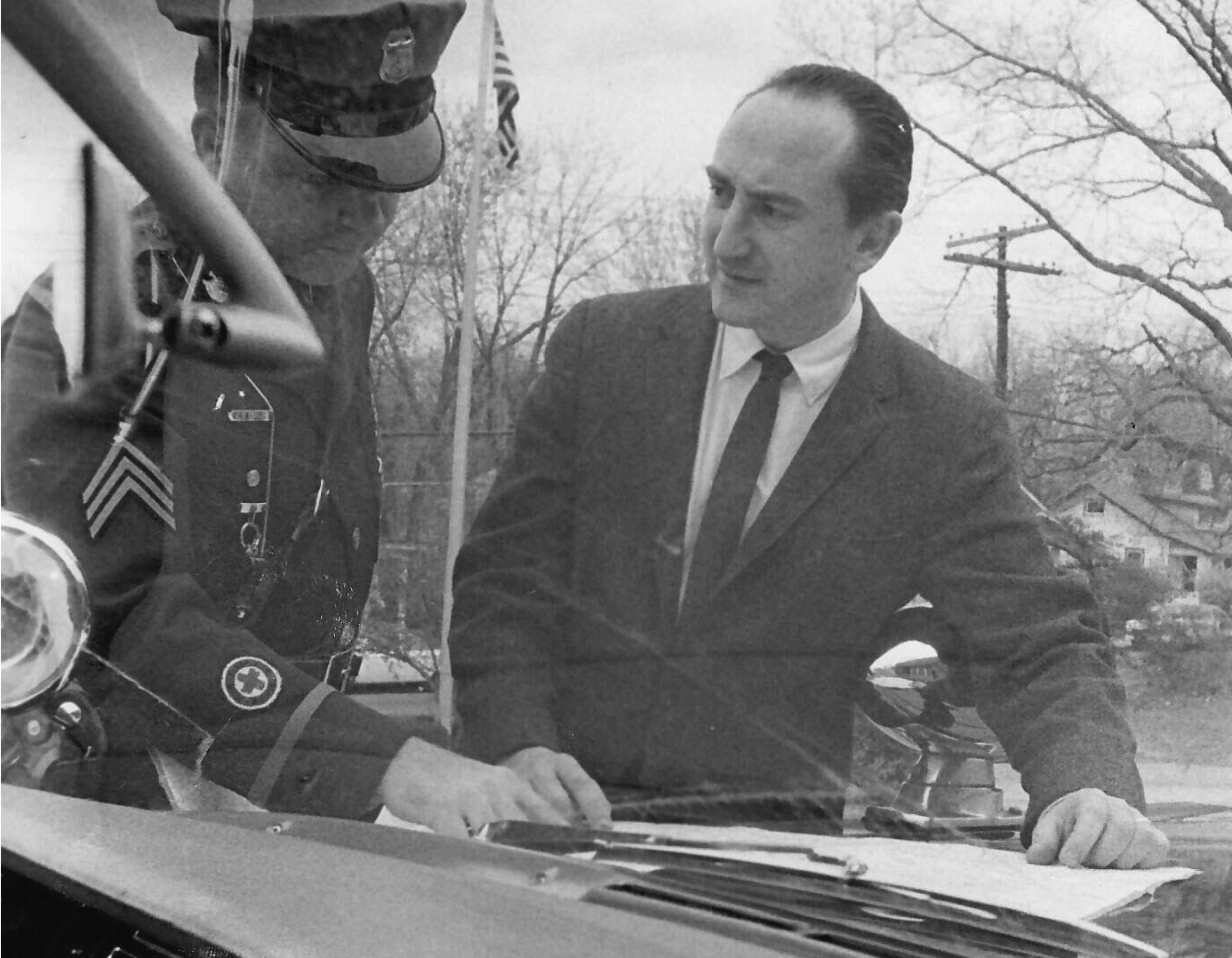
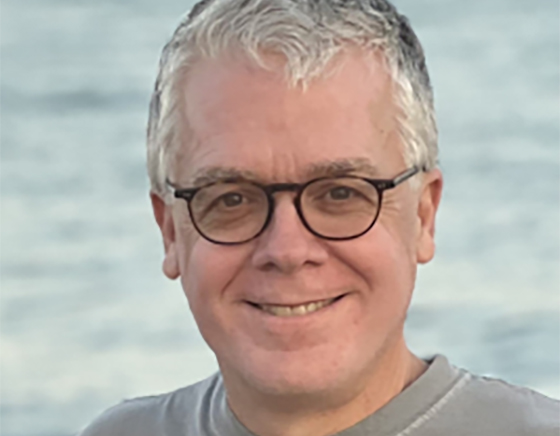
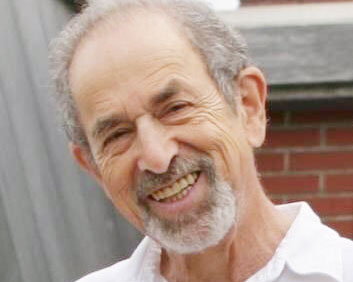

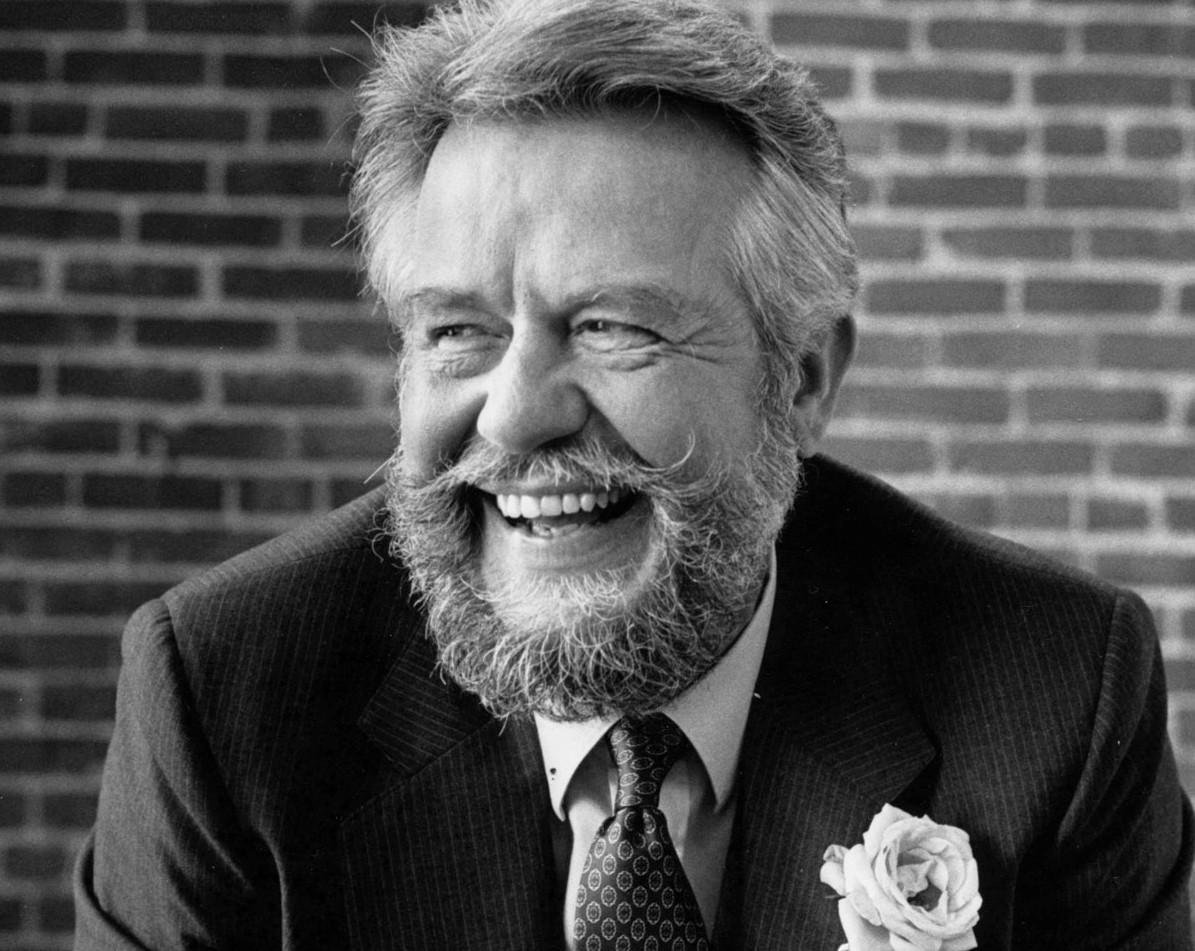

![Photo of Prof. Marvin Levich [philosophy 1953–94]](https://www.reed.edu/reed-magazine/in-memoriam/assets/images/2022/LTL-levich1.jpg)
![Photo of President Paul E. Bragdon [1971–88]](https://www.reed.edu/reed-magazine/in-memoriam/assets/images/2020/Bragdon.jpg)
![Photo of Prof. Edward Barton Segel [history 1973–2011]](https://www.reed.edu/reed-magazine/in-memoriam/assets/images/2020/Segel.jpg)
